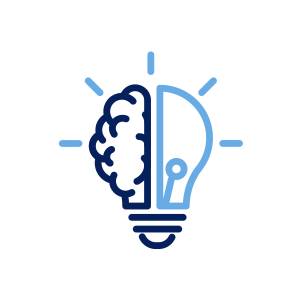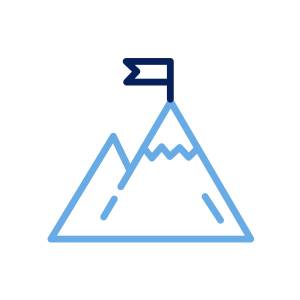What is Computer Engineering?
Computer Engineering is designed for students interested in the design of digital
computing systems, integrating both hardware and software components. The curriculum
comprises both electrical engineering and computer science classes, providing students
with an in-depth understanding of digital logic, systems theory, and embedded systems.
Unlike computer science, which focuses on programming and software, computer engineering
students start with electronics and work their way up to hardware design and "low-level"
software. Graduates from this program are in high demand because they understand both
hardware and software, and have gone on to work in a variety of roles, including as
software developers, in amusement park installation, and for power companies.
Awareness

First Year
- Develop attention to detail, time management skills, the ability to meet deadlines, good teamwork, and communication skills.
- Familiarize yourself with the curriculum, including foundational courses:
- MA 125 Calculus I
- MA 126 Calculus II
- CH 131 Chemistry
- PH 201 Physics.
- Keep a C or better in all math, physics, and chemistry classes.
- For details on specific courses, review the curriculum flow chart.
Middle Years
- Take the core computer engineering courses, such as
- EE 220 Circuit Analysis (must have a C or better)
- EE 263 Digital Logic (must have a C or better)
- EE 223 Network Analysis
- EE 264 Microprocessors.
- Pursue research experience with a Computer or Electrical Engineering faculty member or opportunities with the Office of Undergraduate Research.
Last Year
- Be aware of the required two-part Senior Design capstone sequence (EE401 and EE404) that will culminate in a final project.
- Be aware of the requirement to take the Fundamentals of Engineering (FE) examination on the last examination date before anticipated graduation.
- Apply to graduate.
- Apply for jobs.
- Apply for graduate school (optional).
- Apply for scholarships and/or assistantships for graduate school.
Exploration

First Year
- Join professional associations such as the Institute of Electrical and Electronics Engineers (IEEE) student chapter.
- Explore student organizations and leadership opportunities through Involve South.
- Explore the UTeach South Program to determine if it is a good fit for you.
Middle Years
- Apply for honor societies and explore their scholarship offerings.
- Explore Study Abroad opportunities.
- Explore the different concentration areas available for technical electives, such
as
- Microelectronics
- Hardware
- Software.
Last Year
- Use the knowledge from EE 454 Digital Computer Architecture to research companies and industries where these skills are in high demand.
- Research graduate programs.
Preparation

First Year
- Log in to Accelerate South and build profile strength to 75%+.
- Contact Career Development. Meet with a career consultant to discuss career goals and research fields of specialization.
Middle Years
- Prepare to apply for internships, Co-op, summer jobs, or volunteer positions.
- Attend career fairs and networking events to become knowledgeable about career opportunities available.
Last Year
- Prepare for the job market by completing a capstone design project that demonstrates your ability to apply your knowledge to a complex problem.
- Prepare for the Fundamentals of Engineering (FE) examination.
- Decide between a job search and graduate school before the final semester.
- Meet with Career Development to finalize resume and job search or graduate school planning.
What can I do with this major?
- Hardware Developer
- Bios Engineer
- Junior Hardware Engineer
- Embedded Systems Engineer
- Digital Design Engineer
What skills will I learn?
- Digital Logic Design Systems Theory
- Embedded Systems
- Circuit Analysis
- Network Analysis
- Microprocessor and Microcontroller Programming
- Data Structures and Algorithms
- Programming in languages like C++
- VLSI (Very Large-Scale Integration) Design and Technology
- Signal Processing
- Computer Architecture
- HDL (Hardware Description Language) Logic Synthesis
- Communication Skills
- Analytical Skills
- Critical-thinking skills
- Problem-solving skills
![]()




